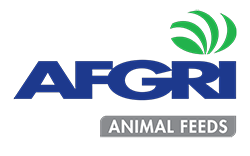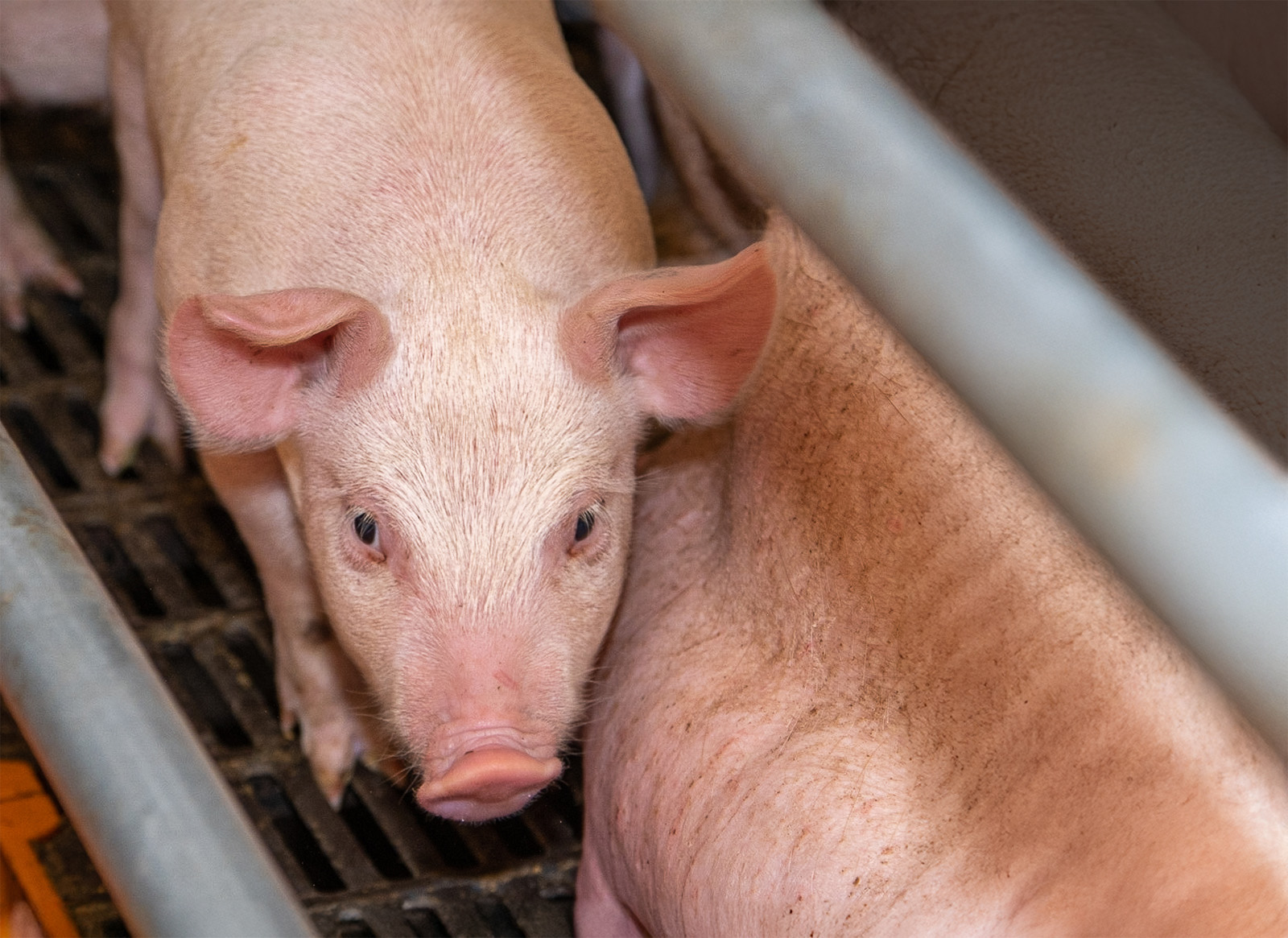By-products in pig diets with high levels of non-starch polysaccharides and how to overcome this anti-nutritional factor.
By Leeché Storm (Technical Advisor, Pigs)
The demand for cereal and oil seeds from emerging markets for energy production has placed increased pressure on the global animal feed sector with the rise of raw material costs. To lower feed costs and improve the sustainable use of feed resources for animal production, by-products from the food and bio-fuel industries are increasingly used as feed additives. The main by-product of the dry-grind manufacture of bio-ethanol from cereal grains is distillers’ dried grains containing solubles (DDGS). DDGS is the dried residue remaining after the starch fraction of maize is fermented with yeasts to produce ethanol. Following fermentation, the ethanol is removed by distillation and the remaining fermentation residues are dried. Since DDGS is rich in crude protein, fat, fibre, vitamins, and minerals, it is currently used in aquaculture and livestock feeds. In recent years, DDGS has been used as feedstock in the production of value-added products via microbial fermentation.
This raw material is just one example of many by-products that can be used in livestock feed formulation to lessen the cost of the diet. A limitation in the use of these by-products in animal feed is their high levels of plant cell wall material, primarily non-starch polysaccharides (NSPs), which cannot be broken down by mammalian enzymes. The structural makeup of NSPs frequently prevents them from being degraded by microbial enzymes. Additionally, NSP can bind with other essential nutrients and disrupt digestive processes, decreasing their digestibility and absorption. Pigs are monogastric animals, and since they lack endogenous enzymes that can break down dietary NSPs their ability to absorb nutrients is decreased as a result.
Exogenous enzymes are therefore used to increase pig growth performance through dietary approaches when high-value NSP raw materials are included in the diet composition. These exogenous enzymes include phytase, protease and xylanase:
- Phytase: Phytic acid, an anti-nutritional compound that can bind to minerals including phosphorus and decrease their availability to pigs, is broken down by phytase enzymes. Adding phytase enzymes to pig diets with a high NSP value can enhance growth performance and lessen environmental pollution. Phytase reduces phosphorus excretion in growing pigs as well as improves nutrient digestibility in pigs. DDGS for example can be used in grower pig diets to substitute some of the maize and soybean meal in the formula without having any negative effects on the pigs’ carcass characteristics or meat quality.
- Protease: Protease enzymes break down large protein molecules into smaller peptides and amino acids, enhancing pigs’ ability to utilize nitrogen and consequently reduce the nitrogen content in their manure. Protease supplementation helps weaned pigs digest protein better and maintain gut health. Adding protease to a high NSP value diet will improve the digestibility of crude protein and amino acids.
- Xylanase: Xylanase can lessen the viscosity of digesta in young pigs, reducing diarrhoea incidences. Supplementing high NSP-level pig diets with xylanase can enhance nutrient absorption, boost growth performance and lower feed cost. When exogenous multi-enzyme components including xylanase are added to a diet, reduced gut inflammation in finishing pigs can be observed meaning that the pigs are expending less energy on immune support and more on growth.
These additives can be included in small quantities and make a substantial difference in the commercial pig production industry. Saving costs anywhere we can is crucial in a sustainable future for pig producers in South Africa.


.png)

